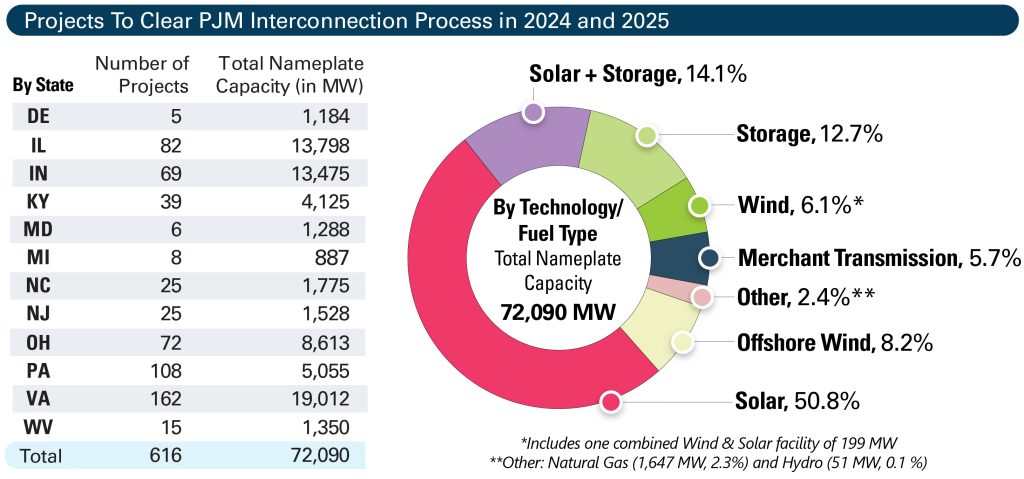As our nation confronts challenges over energy reliability amid historic levels of power plant retirements, Pennsylvania’s natural gas abundance and strong in-state fuel use is a model for a reliable, affordable, and cleaner grid.
During January’s bitter cold snap – where demand broke an all-time record within the PJM interconnection – natural gas again rose to the occasion, providing 43% of power produced that day to keep the heat and lights on. And similar to Winter Storm Elliott in 2022, PJM (led by Pennsylvania’s generation) was able to export electricity to neighboring states to address their own energy shortages.
Unlike intermittent forms of power generation that can’t produce energy on demand, like wind and solar, natural gas power plants are well-equipped to respond to energy fluctuations, ramping up quickly when demand spikes. And thermal energy remains the only source of electricity able to meet overnight demand when solar or wind are unavailable.
Reliability Risk Ahead
Reliability trouble is brewing for the PJM as state and federal policies discriminate against building dependable, reliable and scalable baseload power generation. Because of these policies, not a single highly efficient, modern natural gas combined cycle power plant is planned for Pennsylvania, as a PJM representative highlighted recently for MSC members.
“40 thousand megawatts will be retired from the grid over the next decade or so, while simultaneously, demand will increase by more than 50 thousand megawatts,” MSC president Jim Welty said during the MSC’s January General Membership meeting. “This demand growth, when coupled with the impending retirements, creates a gap of 90 thousand megawatts that must be filled.”
Rising demand, driven by economic growth, artificial intelligence, data centers, and more, coupled with premature plant retirements, paints a frightening picture of what our future could look like. A recent report from the North American Electric Reliability Corporation (NERC) underscores these concerns, warning that several regions, including parts of Pennsylvania, are facing an elevated risk of power shortages.
“The dichotomy is striking,” Welty emphasized to members. “Here we are, sitting atop one of the largest natural gas basins in the world; producing, processing and transporting the fuel that is clearly the most logical source for ensure reliable and resilient electric generation…We have the grid operator warning us of a significant shortfall in electric generation on the near horizon. But natural gas barely registers in the queue for new generation power sources.”
Gas Generation Needed
A PA Senate Democratic Policy Committee hearing drew further attention to these concerns and emphasized that investments in grid reliability are key to energy security.
“It is critical that Pennsylvania act now to address the shortfall and ensure a stable, affordable energy for Pennsylvania,” Amy Brinton, Director of Government Affairs for the PA Chamber of Business and Industry told the committee, referencing the rapid closure of power plants without new generation sources coming online fast enough.
As Pennsylvania faces increasing energy needs in the years ahead, natural gas must be a critical component of the state’s energy strategy. Policies which seek to impose new taxes or carve up the state’s electric portfolio with giveaways to uncompetitive generation sources threaten to further exacerbate grid reliability.
“Policies that discourage natural gas generation are dangerous. We don’t want blackouts. We want a reasoned approach and a level playing field,” Welty said. “We have plenty of clean, affordable energy right here beneath our feet. Reliability should not be a concern if we simply get out of our own way.”





